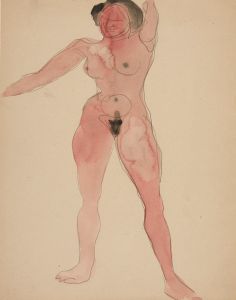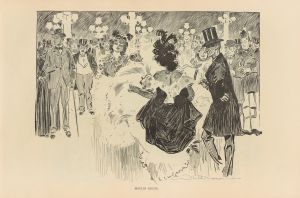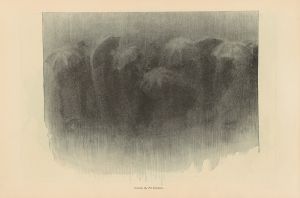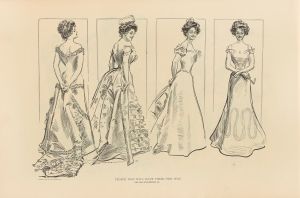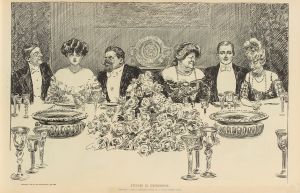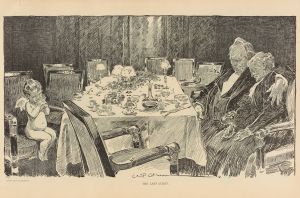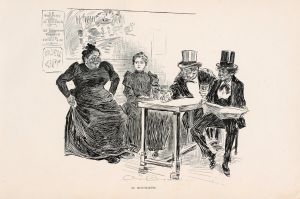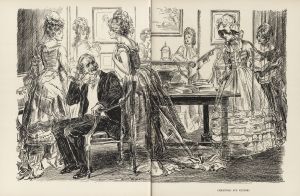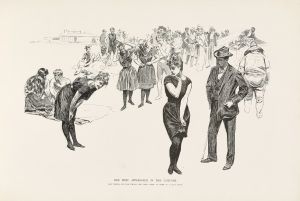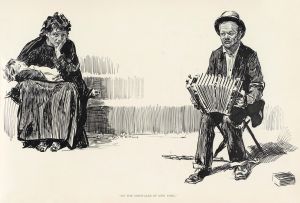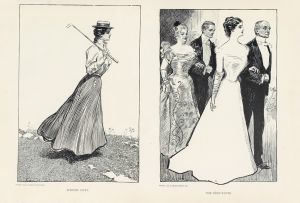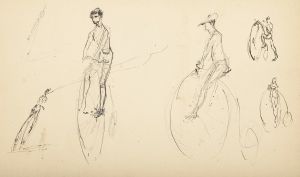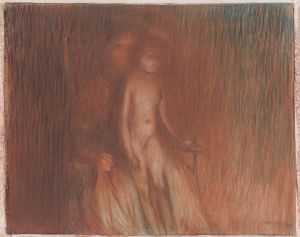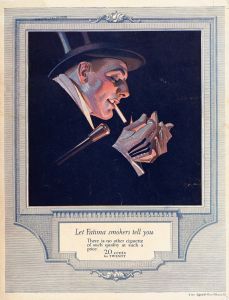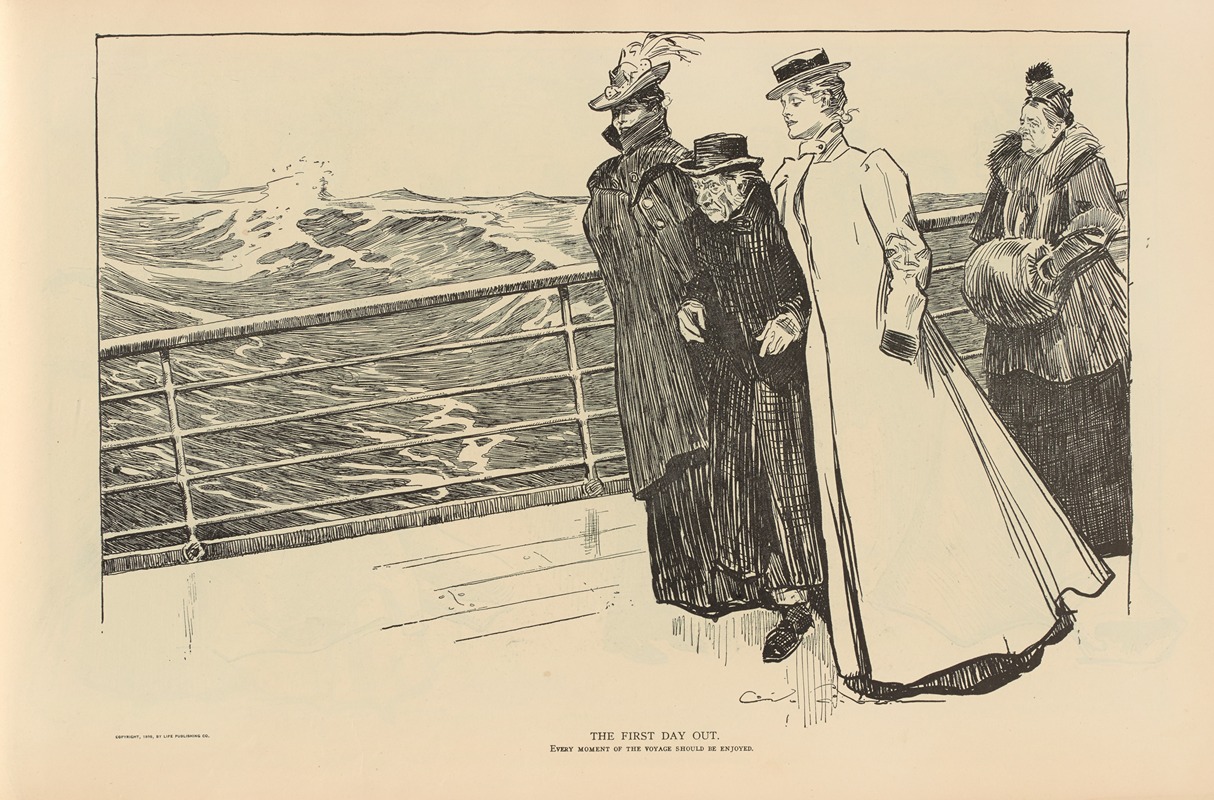
The first day out
A hand-painted replica of Charles Dana Gibson’s masterpiece The first day out, meticulously crafted by professional artists to capture the true essence of the original. Each piece is created with museum-quality canvas and rare mineral pigments, carefully painted by experienced artists with delicate brushstrokes and rich, layered colors to perfectly recreate the texture of the original artwork. Unlike machine-printed reproductions, this hand-painted version brings the painting to life, infused with the artist’s emotions and skill in every stroke. Whether for personal collection or home decoration, it instantly elevates the artistic atmosphere of any space.
Charles Dana Gibson was an influential American illustrator best known for his creation of the "Gibson Girl," an iconic representation of the American woman at the turn of the 20th century. His work was widely published in magazines such as Life, Scribner's, and Harper's, and he became one of the most celebrated illustrators of his time. Despite his fame, specific information about individual works like "The First Day Out" is often limited, as many of his illustrations were published in periodicals without extensive documentation.
"The First Day Out" is one of Gibson's many illustrations that capture the social dynamics and cultural norms of his era. His illustrations often depicted scenes of upper-class society, focusing on themes such as romance, fashion, and social interactions. The "Gibson Girl" was a recurring character in his work, embodying the idealized image of beauty, independence, and confidence. She was often portrayed in various social settings, engaging in activities that were both fashionable and reflective of the changing roles of women during that period.
Gibson's style was characterized by his use of pen and ink, which allowed for precise lines and detailed expressions. His ability to capture the subtleties of human emotion and social interaction made his illustrations particularly engaging. The "Gibson Girl" became a cultural phenomenon, influencing fashion and societal expectations of women. She was seen as both a symbol of femininity and a representation of the evolving role of women in society.
While specific details about "The First Day Out" are scarce, it is likely that the illustration features themes consistent with Gibson's other works. It may depict a scene involving the "Gibson Girl" in a social setting, perhaps engaging in an activity that was considered fashionable or significant at the time. The title suggests a narrative of exploration or a new experience, which aligns with the themes of independence and modernity often associated with the "Gibson Girl."
Gibson's work, including illustrations like "The First Day Out," played a significant role in shaping public perceptions of gender and class during the late 19th and early 20th centuries. His illustrations not only entertained but also provided commentary on the social changes occurring during his lifetime. The "Gibson Girl" became a lasting symbol of this era, representing both the aspirations and limitations faced by women.
In summary, while specific information about "The First Day Out" is limited, it can be understood within the broader context of Charles Dana Gibson's work and the cultural impact of the "Gibson Girl." His illustrations continue to be celebrated for their artistic merit and their reflection of the social dynamics of his time.





